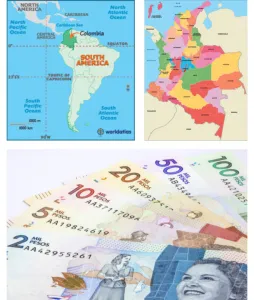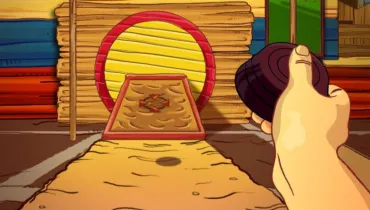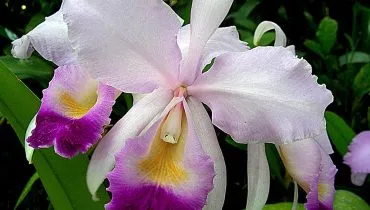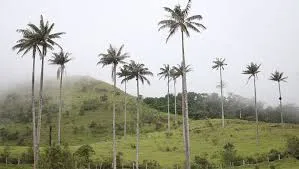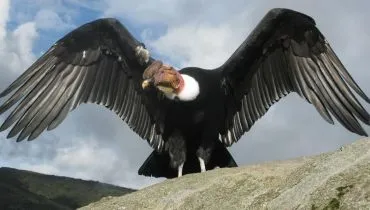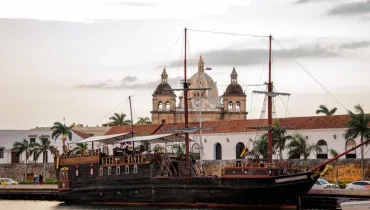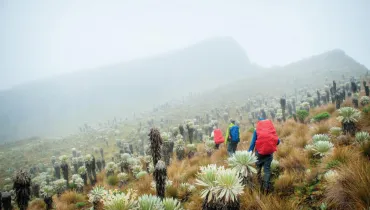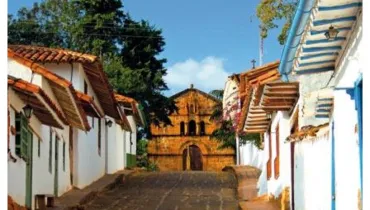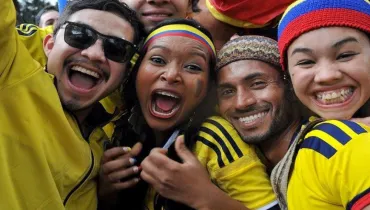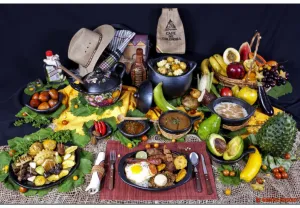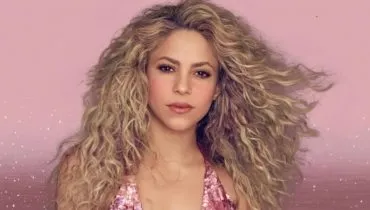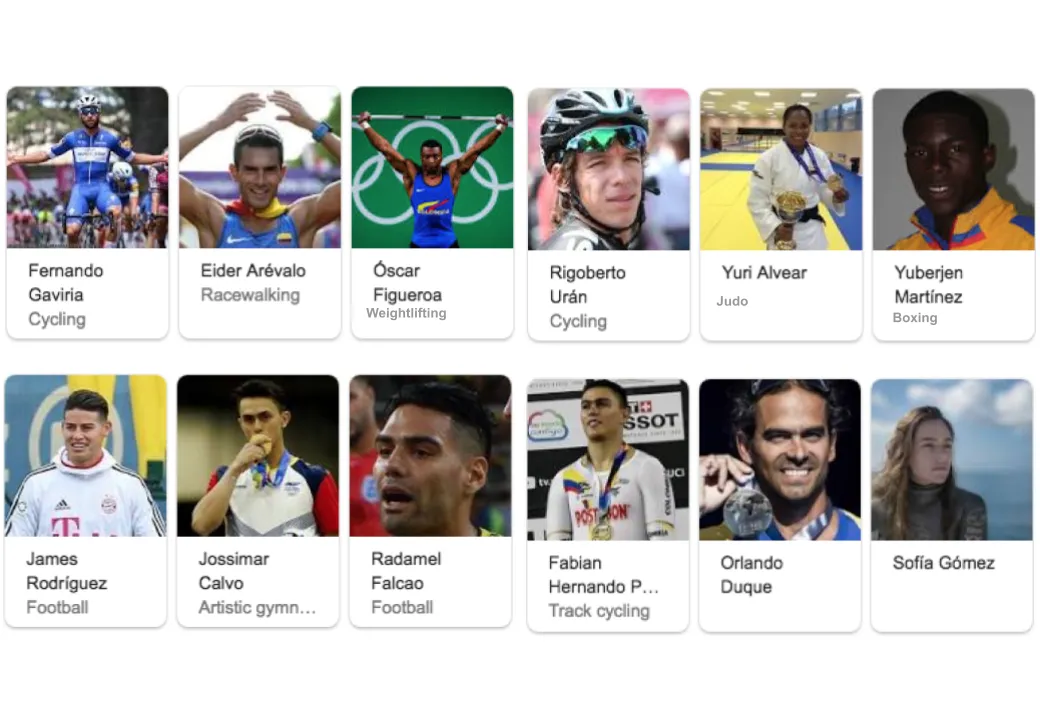Colombia is situated in South America, bordered by the Caribbean Sea and the Pacific Ocean, Panama, Ecuador, Peru, Venezuela and Brazil.
The Andes Mountains extend into the country in three ranges running south to north, dipping finally into the lowlands of the Caribbean coast.
Along the southern Pacific coast run marshy lowlands and rugged low mountains. The southwestern coastal lowlands extend in a trough running from the port of Buenaventura to the Caribbean.
East of this rise the slopes of the Western Cordillera which, with the Central Cordillera range, runs north to the Caribbean lowlands from Ecuador.
Further north lies the fertile Cauca Valley, which becomes a deep gorge running between the Cordilleras to the Caribbean lowlands.
The Eastern Cordillera, the longest range, rises north of the Ecuadorean border and runs north then northeast towards Venezuela.
Flat grassy prairies in the east along with the jungles and towering rainforests of the Amazon make up over half the country’s area.
Colombia also claims two small islands, San Andrés and Providencia, located 700km (430 miles) north of the coast


